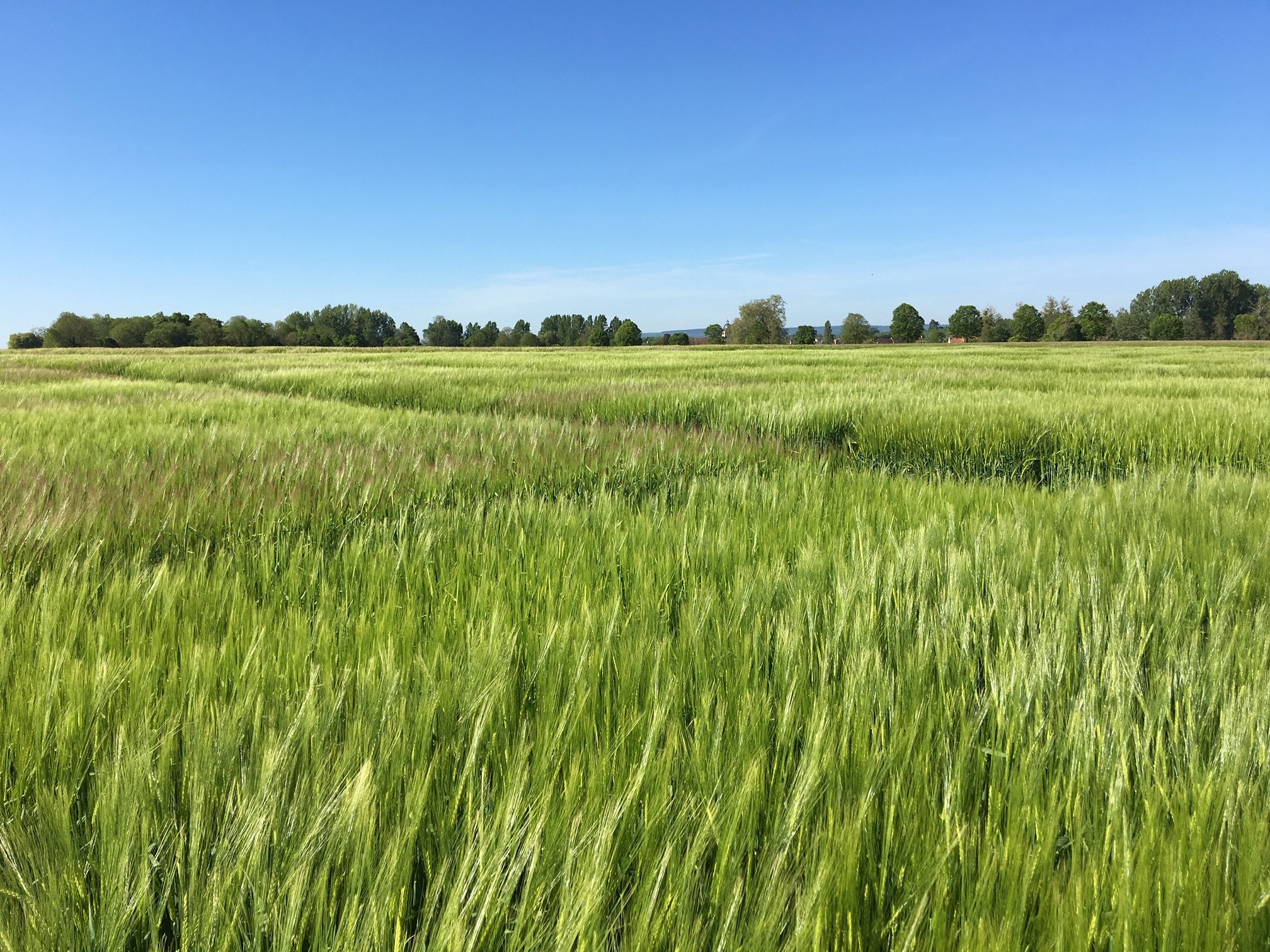Five good reasons why you should seed winter barley in 2021
Adding winter barley to cropping plans can not only help spread risk across rotation, it has significant management benefits to offer growers too, says Dominic Spurrier of KWS UK.
“Most farmers and agronomists believe the UK is missing out significantly on not sowing more winter barley and the advantages of growing it can only increase in the future.
“It’s got a key role to play in the more diversified rotations we are now moving towards and can help spread management workloads throughout the growing season significantly, particularly in wheat-based systems.”
Winter barley reaches its optimum timings for spray applications (T0, T1 and T2) some 2-3 weeks before winter wheat
1. Management benefits
For a start, the crop’s late August and early September seeding obviously takes a sizeable chunk out of the main autumn workload and with the last two challenging seeding periods in mind, this can be of real benefit in getting the full portfolio of autumn crops in, he says.
“This advantage extends through to the spring too. Winter barley reaches its optimum timings for spray applications (T0, T1 and T2) some 2-3 weeks before winter wheat so this can also help spread workloads throughout the spring.
“This also helps achieve optimum timings for the main winter wheat crop and with KWS trials showing around 1.0t/ha yield benefit from spraying at the best time agronomically compared to being 10 days late, this has financial as well as workload benefits too.”
2. Allows for vital earlier harvesting
Earlier harvesting is major advantage of winter barley, he adds.
“Not only does this move harvesting operations forward generally, potentially avoiding the worst of the weather at the end of the season, it also bring significant marketing opportunities.
“Being the first of the new season cereals to be harvested there is often a range of diverse homes for the crop depending on region, plus there are usually several off-combine export opportunities to be had.
“Early movements off-farm can free up valuable storage and help cashflow significantly whilst the value of barley straw should never be overlooked.”
3. Facilitates better oilseed rape establishment
Although rape area has diminished in recent years, signs are it could bounce back in the next few years with recent high values and successes with establishment buoying confidence, Dominic Spurrier predicts.
“It’s still a difficult crop to replace in the rotation for many people and with the trend towards earlier seeding to avoid the worst effects of cabbage stem flea beetle, winter barley provides the perfect entry for oilseed rape.
“Recent KWS work has underlined the importance of hitting the prime early August drilling slot, with trials showing an average 0.5t/ha yield loss when this is missed and sowing delayed by around 10 days.
“With the UK’s increasingly variable autumn conditions, winter barley has an increasingly important role to play in ensuring oilseed rape is drilled at the best time to secure its future viability.”
4. New variety introductions will bring yield steps
Five years of trials at the KWS Cambridge-based PDF east trials site have shown winter barley and winter wheat averaging the same 11t/ha yield over the years. Positions swapped but average yields have been the same.
In 2014, for example, wheat yielded over 13t/ha and barley 11.5t/ha and the next year the barley reached nearly 13t/ha and the wheat was below 12t/ha.
“This shows the resilience adding barley into the rotation can make, but the latest varieties are likely to increase barley performance even more,” he explains.
“New KWS Tardis, for example, is the highest yielding 2-row winter barley on the new 2021/22 AHDB Recommended List, with a performance that rivals many 6-row hybrid varieties.
“The variety achieves a yield of 106% of controls on the new RL – just 1% point behind the highest yielding 6-row hybrid - and is particularly strong in the East of the country, performing well on light soils although it is best on heavy ones, where yields are at 110% of control.”
5. Stronger disease resistance on its way
New variety introductions over the next few years will bring increasingly useful traits such as BYDV tolerance to the fore offering increased resilience and yield security, he says.
“KWS Amistar brought valuable BYDV tolerance to the market but now KWS Feeris takes this several stages further on in a realistic barley package suited to all regions of the UK.
“Like other 6-row barleys, KWS Feeris has excellent yield potential, but really stands out in the West. It has a good all-round disease package including 7 for Rhynchosporium and 8 for net blotch coupled BaYMV resistance and BYDV tolerance.
“KWS Feeris is a good variety in its own right, but coupled with the added benefit of BYDV tolerance, it delivers an excellent risk management tool for barley growers in high pressure hotspots and those looking to push drilling as early as possible.”
Your consultants






